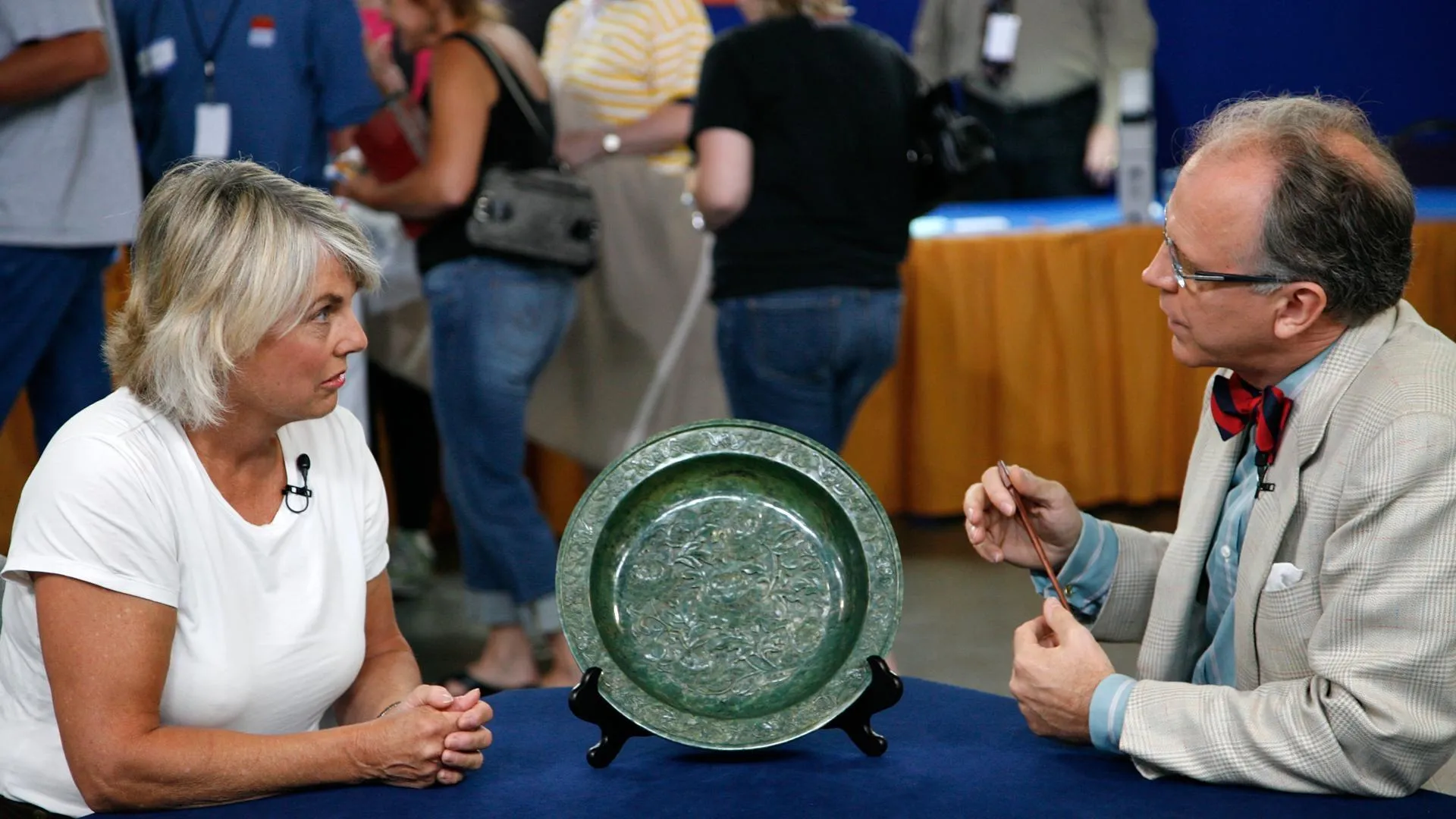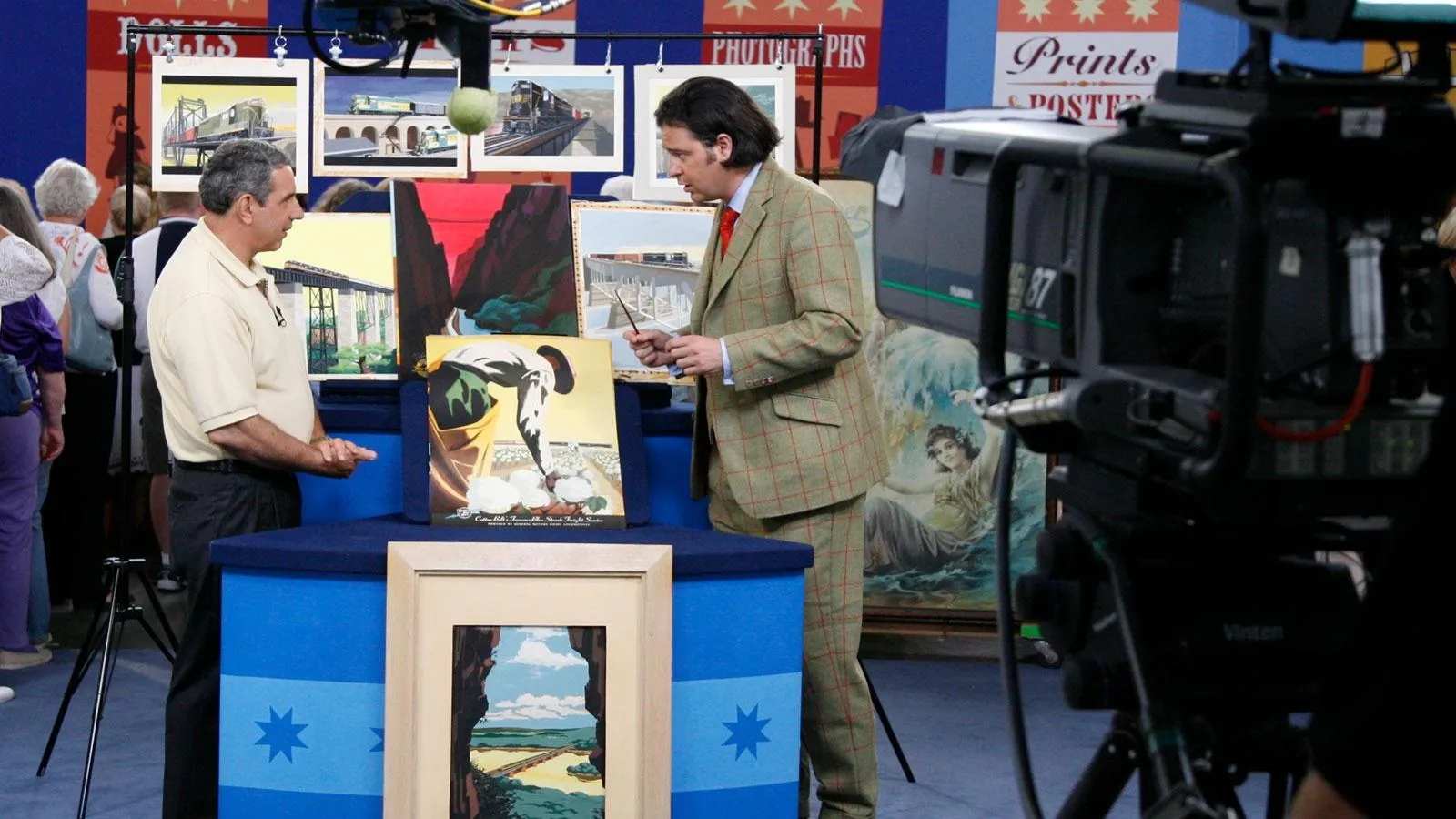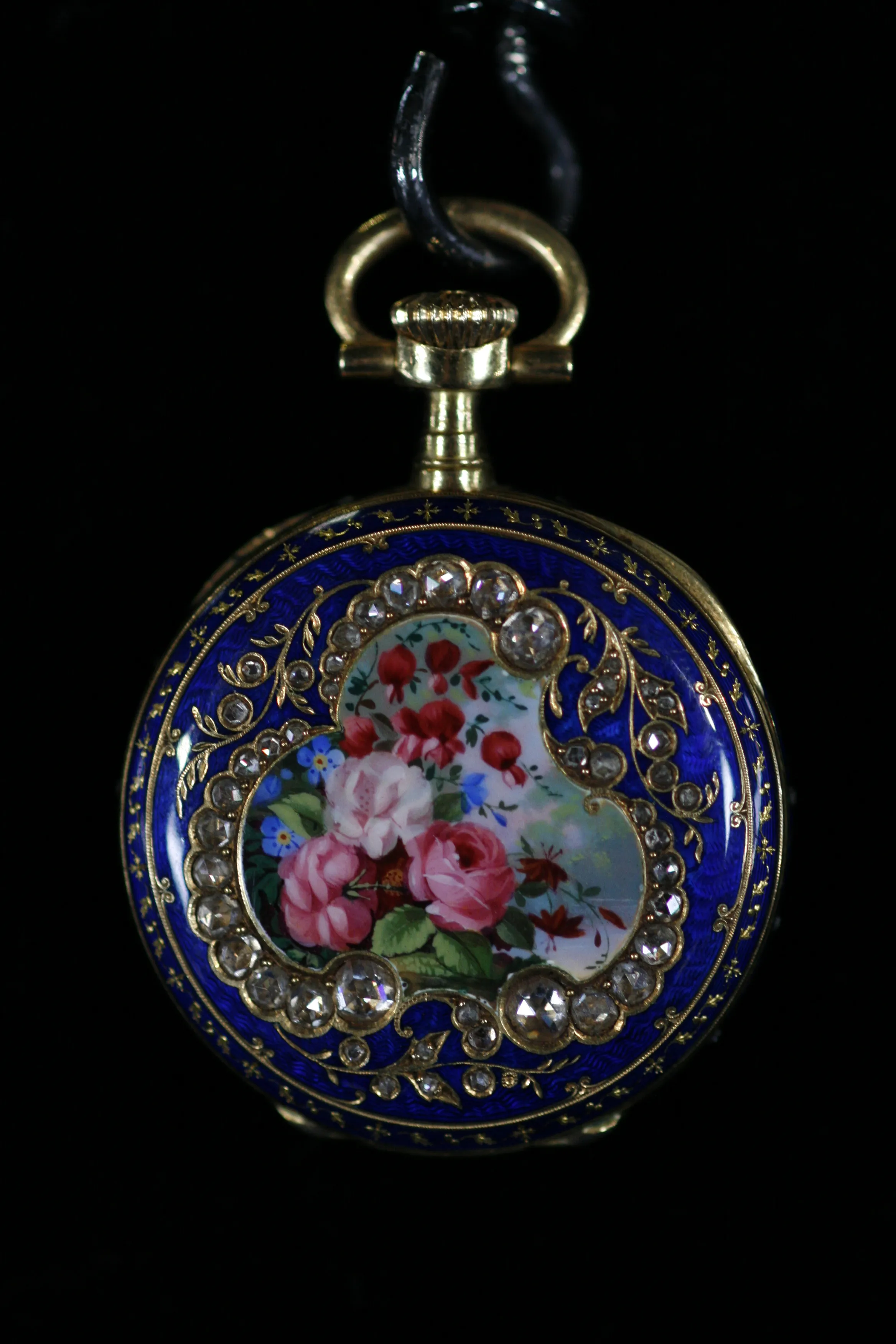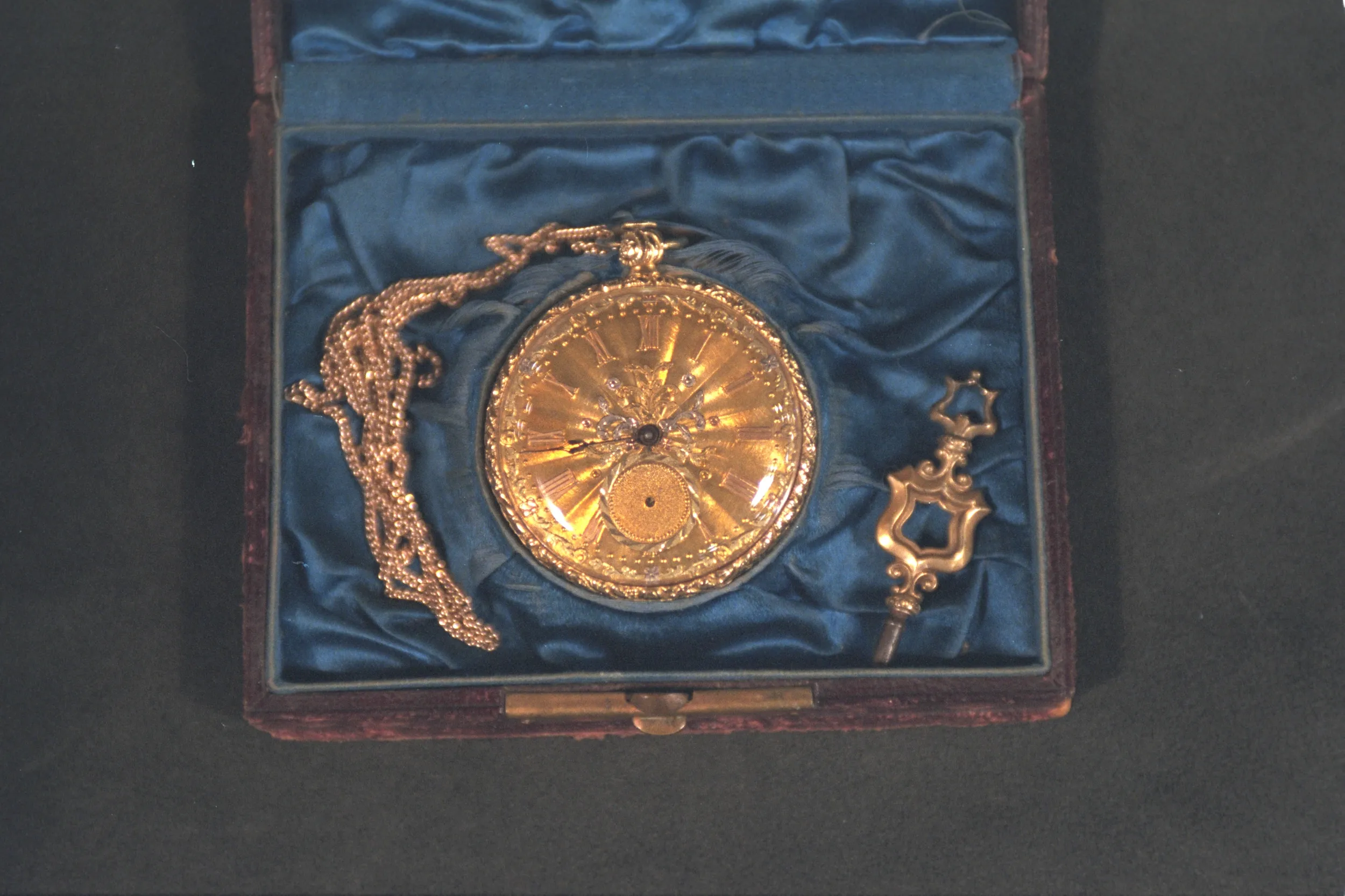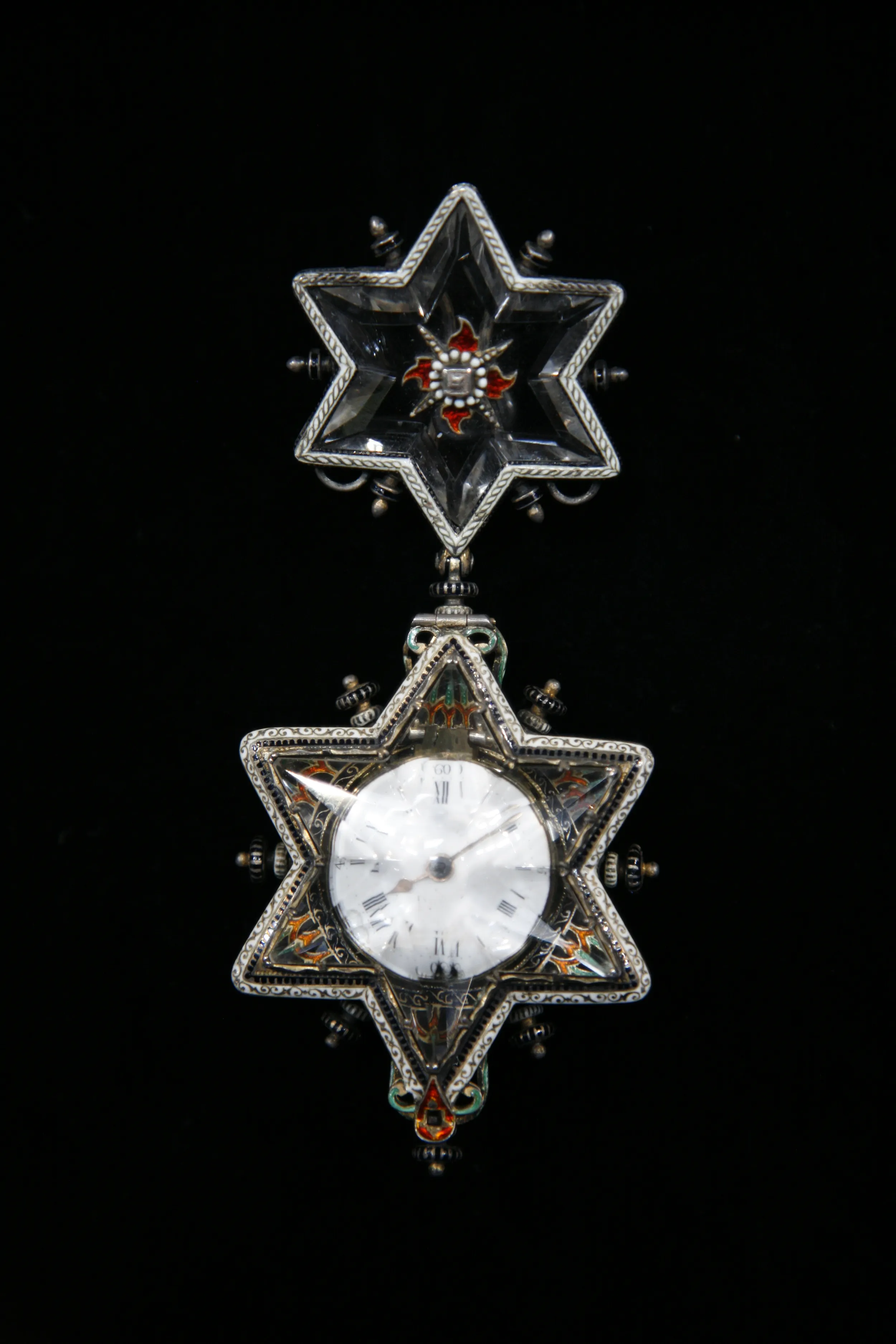GUEST: I brought a Stickley clock that was once my grandfather's. And then it became my father's. When he passed away six years ago, it became mine. Although my sister and I kind of--we didn't squabble about it, but I ended up with it.
APPRAISER: You did?
GUEST: And it's been sitting on the mantel ever since.
APPRAISER: When you brought this to the table, we were somewhat excited. This, to most people, just looks like an ordinary small mantel clock. And what's really interesting about it is that it was made by a person who really led the Arts and Crafts movement of furniture making, the granddaddy of Arts and Crafts furniture, Gustav Stickley, who worked in upstate New York. This particular clock is sort of the last of the run that Gustav made himself before his brothers took over the business. This clock would date anywhere from about 1910 to 1911 and no later than 1915. What's really interesting is the way that it's constructed. This particular example is in oak, and it's quarter-sawn oak. And when you quarter-saw an oak, you get this really fiery grain pattern that you see throughout the case design. In addition to that, it has these really bold tenons on the side here that come right through, and also this wonderful dovetail detail on the top--a real cabinetmaker's dream to see work like that. We actually see that it says "Stickley," and there's a faint joiner's compass mark. It has the classic simple lines, rectangular shape, up on really bold feet, a very nice knob that sort of slides instead of actually twists, and these leaded glass windows, all really in nice, original condition. When we open the door up here, we also notice that it has this wonderful metal dial that's engraved and filled with black wax. And again, we see the compass mark in this location denoting that it's a Stickley clock. It actually has on the bottom here "Seth Thomas movement." So Stickley was responsible for the case, and he jobbed out the movement portion of it. Seth Thomas, at this particular time, was a world-famous clock manufacturer. He made some very high-quality clocks, and he also made clocks that were affordable to the mass public, as well. Overall condition, this clock is actually pretty good. The one negative is that the finish has been cleaned off. Originally, this would have been stained and then treated with a banana lacquer finish, which has been rubbed off. It's a very easy finish to sort of rub off and clean away, and that affects the value. Because of the way that this clock is finished today in oil, I feel pretty confident that this clock would sell in a retail shop anywhere between $3,500 and $4,000.
GUEST: (chuckles): Oh, goodness, you're kidding.
APPRAISER: No.
GUEST: Wow.
APPRAISER: If the finish hadn't been touched, you probably could see...
GUEST: Don't tell me. (chuckles)
APPRAISER: ...another 20%.


